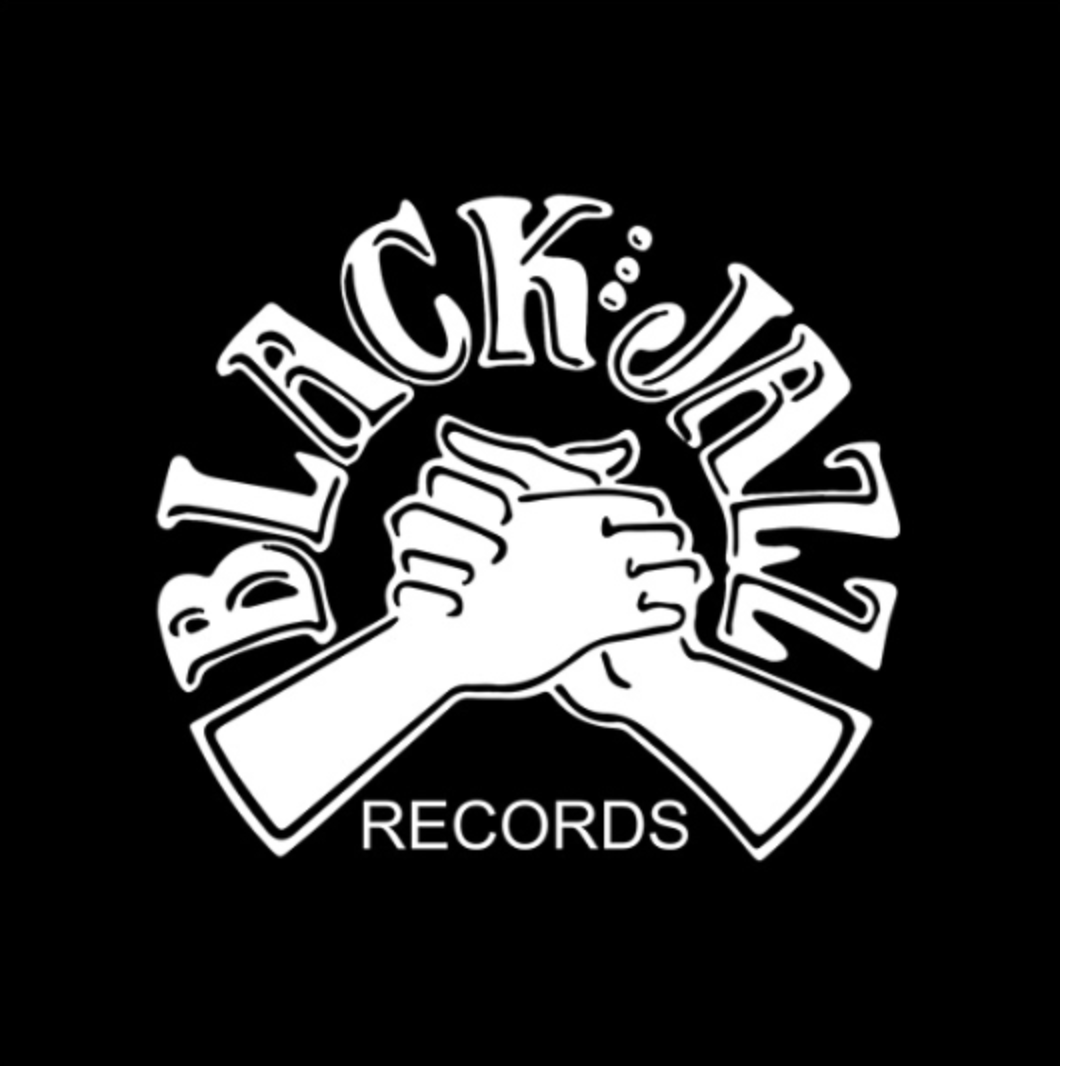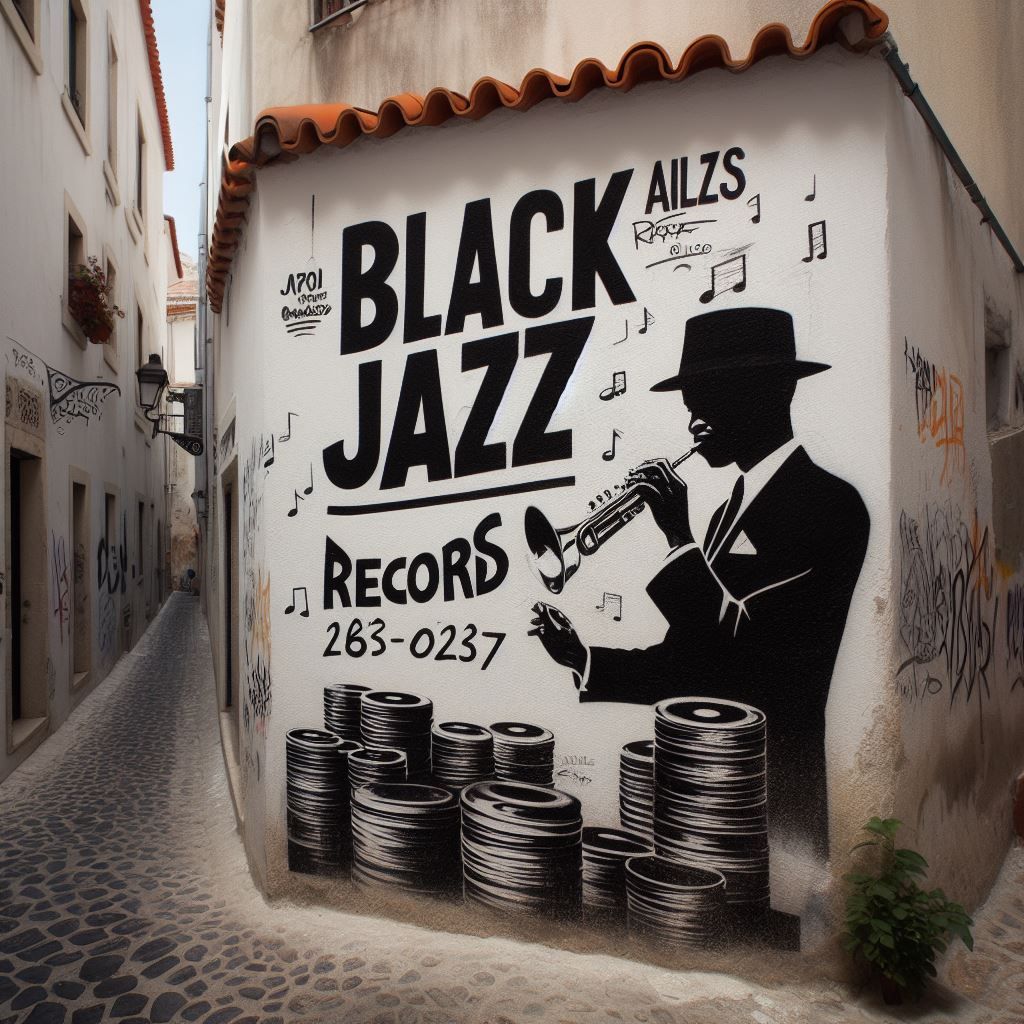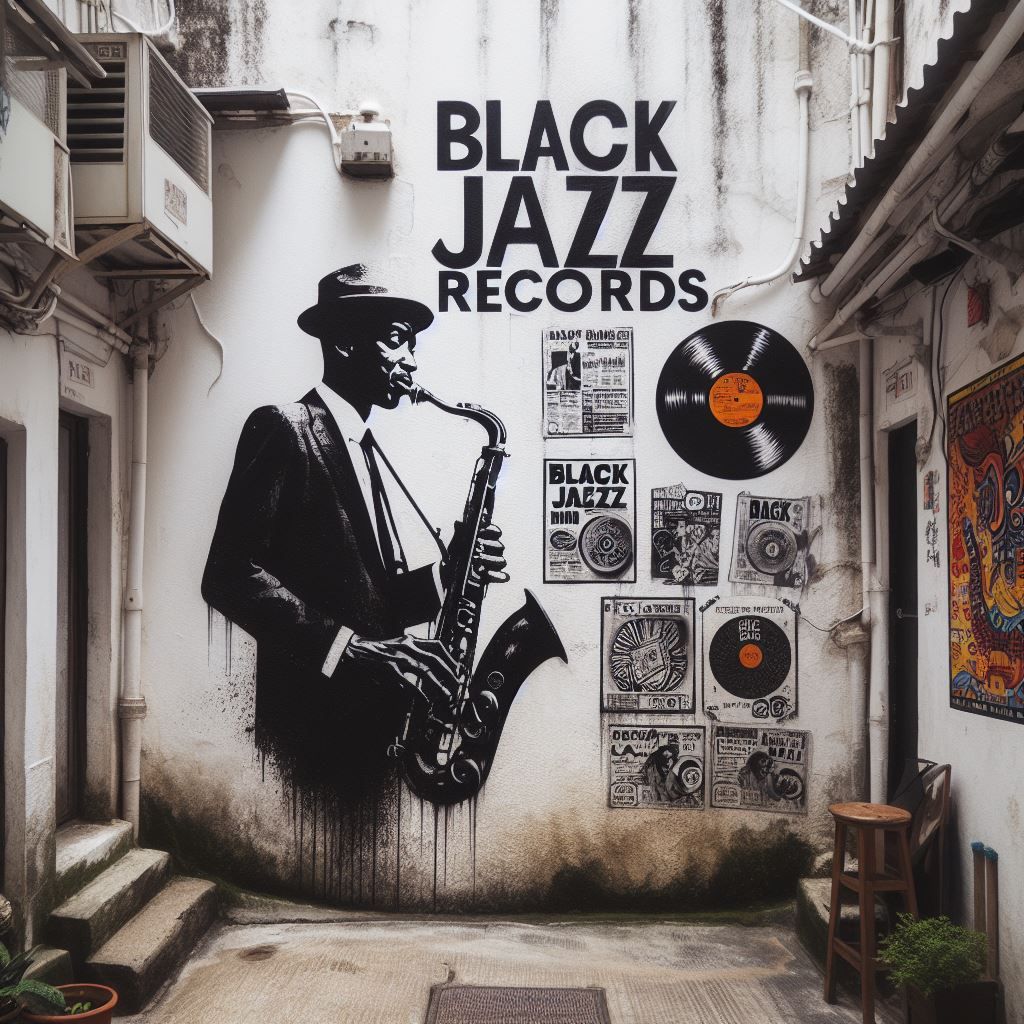Jazz Matters/NuDirections: A Journey into the Spirit of Black Jazz Records

Welcome along to my blog on Black Jazz Records — a label that, despite releasing only twenty albums between 1971 and 1975, has left an indelible mark on the landscape of spiritual jazz, soul-jazz, and the wider world of independent Black music. This is a story of innovation, rebellion, expression, and cultural uplift, all rooted in a label founded in 1969 in Oakland, California, by pianist Gene Russell and percussionist Dick Schory. Though the catalogue is compact, the music is monumental.
The Black Jazz label was conceived with a mission: to provide a platform for young African American jazz musicians and singers during an era when the genre was increasingly dominated by the establishment and major labels. These were artists who weren’t content to simply entertain; they sought to challenge, elevate, and redefine. Listening back, I'm still floored by the sheer magic that these records deliver — moments of deep groove, protest, reflection, and transcendence that remain just as potent now as they did five decades ago.
Three years ago, when I launched my own jazz-focused radio show, I knew there could only be one name: NuDirections. It was both a statement of intent and a personal tribute to the label's inaugural release — Gene Russell’s New Direction. That album set the tone for everything that followed, and in many ways, continues to inspire my own journey through sound. So in this show and blog, I pay homage to Black Jazz — not just a label, but a movement.

The Awakening – “Kera’s Dance (Hear, Sense and Feel)”If there’s one record that fully embodies the heavy, spiritual energy of the Black Jazz catalogue, it’s Hear, Sense and Feel by The Awakening. This group — a Chicago-based collective that included pianist Ken Chaney and saxophonist/flautist Ari Brown — operated at the intersection of free jazz and soul-jazz, with roots deep in the Afro-centric ethos of the AACM (Association for the Advancement of Creative Musicians).
“Kera’s Dance” is a track that simply levitates. Dense, searching, ecstatic — it feels like an invocation. The production is raw, earthy, and completely locked in with the spiritual jazz ethos of the early '70s. What’s more, the album has never been reissued officially, making it a prized possession for collectors and a hidden gem for explorers of Black Jazz’s deeper layers.
Gene Russell – “Get Down”As co-founder and artistic director of Black Jazz, Gene Russell’s presence looms large across the catalogue. His debut album New Direction wasn’t just a mission statement; it was a musical blueprint. Though grounded in a straight-ahead piano trio format, the record pulses with a modernity that sets it apart — a mix of modal flow, soul groove, and pure swing. “Get Down” is a standout — driven by Steve Clover’s crisp drumming and the warm bass tones of Henry Franklin (aka “The Skipper”). There's something delightfully unpretentious about Russell's playing — lyrical, rhythmic, and always speaking directly to the soul. Real Gone Music’s reissue of New Direction does the work justice, with fresh liner notes by Pat Thomas and top-tier remastering by Mike Milchner. This is foundational listening. Without New Direction, there would be no Black Jazz.
Kellee Patterson – “Maiden Voyage”Kellee Patterson’s Maiden Voyage is one of the most luminous releases in the Black Jazz catalogue — not only because of her soulful, pitch-perfect vocals, but because it showcases the label’s ability to shift moods and textures while staying true to its ethos.
Her take on Herbie Hancock’s classic is bold, not just reinterpreting but adding entirely new lyrics that glide effortlessly over George Harper’s flute and Gene Russell’s elegant production. On “Magic Wand of Love,” Patterson reveals a softer, more romantic side, while “Soul Daddy” brings out her funky swagger.
Patterson’s career would later pivot toward soul and disco, but Maiden Voyage captures her at a moment of boundless potential, straddling genres with grace and power. It’s a jazz vocal album that manages to be both daring and accessible — no small feat.
Doug Carn – “Moon Child” / “Acknowledgment”Doug Carn is the undisputed heavyweight of the Black Jazz roster. His run of four albums between 1971 and 1974 — Infant Eyes, Spirit of the New Land, Revelation, and Adam’s Apple — are, quite simply, the label's core pillars. And at the heart of these recordings is the partnership between Doug and vocalist Jean Carn, whose five-octave range turned these albums into spiritual statements.
“Moon Child” from Revelation and “Acknowledgment” from Adam’s Apple are prime examples of their alchemy. Both tracks stretch the conventional boundaries of jazz, mixing modal improvisation with gospel fervour, soul rhythm, and avant-garde freedom. “Acknowledgment,” in particular, leans heavily on Coltrane’s influence, reworking parts of A Love Supreme into something both reverent and personal.
Carn's music speaks to the radical imagination of the early '70s Black experience — conscious, political, and deeply spiritual. These aren’t just jazz records; they are acts of resistance and liberation.
Message From the Tribe – “Space Odyssey” / “Beneficent” While technically not released on Black Jazz, these two tracks from the Detroit-based Tribe collective fit seamlessly into the label’s broader cultural orbit. Tribe, founded by Wendell Harrison and Phil Ranelin in 1971, shared Black Jazz’s mission of independent Black artistry and social consciousness.
“Space Odyssey” and “Beneficent” are taken from the Message from the Tribe LP — a record that acts as both sonic journey and political document. The grooves are thick, the horn charts urgent, and the improvisation fearless. Tribe wasn’t just a band; it was a movement. Alongside the music, they published Tribe Magazine, a bi-monthly publication exploring Black culture, politics, and art in 1970s Detroit.
The connection between Tribe and Black Jazz isn’t just musical — it’s philosophical. Both offered platforms for Black self-expression, creative autonomy, and cultural education during a time of upheaval and transformation.
Rudolph Johnson – “The Highest Pleasure” Rudolph Johnson’s The Second Coming (1973) is one of the deepest cuts in the Black Jazz catalogue. A tenor saxophonist often compared to Coltrane, Johnson brought intensity and precision to everything he touched. “The Highest Pleasure” is no exception — a searing blend of hard bop and modal spirituality, featuring the nimble work of pianist Kirk Lightsey.
Johnson never reached the widespread acclaim of some of his peers, but his recordings burn with a quiet, focused intensity. The Second Coming is a showcase of his command — technically brilliant, emotionally raw, and spiritually engaged. It’s also a great reminder that Black Jazz’s magic wasn’t just in its stars, but in its lesser-known luminaries.
Walter Bishop Jr. – “Soul Village” A name that needs little introduction, Walter Bishop Jr. had already made waves as a sideman in the hard bop era, playing with Charlie Parker and Miles Davis, before entering the Black Jazz fold with albums like Coral Keys and Soul Village. The latter is arguably his most adventurous.
“Soul Village” (the title track) is a mesmerising composition — an ethereal blend of electric piano textures, modal jazz progressions, and forward-thinking production. Saxophonist Ronnie Laws, who would later achieve solo fame, adds depth and flavour to the ensemble. Elsewhere, tracks like “N’Dugu’s Prayer” echo Coltrane’s mystical phase, showcasing Bishop’s gift for spiritual articulation through melody and mood.
What’s particularly striking is how relevant these recordings remain today, especially in the world of sample-based music. Bishop’s electric piano work has been mined by hip-hop producers and crate diggers for decades, yet the original spirit remains undiluted.
Chester Thompson – “Power House” Before he became better known for his work with Santana and Tower of Power, drummer Chester Thompson made his recording debut as a bandleader with Powerhouse — a thundering statement that blends post-bop muscle with a funk-forward sensibility. It's explosive, inventive, and tightly arranged, displaying Thompson's versatility as both percussionist and composer.
There’s a raw edge to this recording — a sense that the music could veer off in any direction at any moment, but always lands with purpose. A perfect distillation of what made early ’70s jazz so dynamic: open-ended, groove-infused, and fearlessly expressive.
Calvin Keys – “Aunt Lovey”Guitarist Calvin Keys brought a unique flavour to Black Jazz — a West Coast blend of soul-jazz guitar licks, tight arrangements, and melodic sophistication. “Aunt Lovey,” from his later album Proceed With Caution!, is a track that feels both smooth and emotionally resonant, carried by Keys’ lyrical touch on the fretboard.
Both Shawn-Neeq (1971) and Proceed With Caution! (1974) are essential listens. They reveal another dimension of the label’s sound — warm, rhythmic, grounded in blues and soul, but never predictable. In today’s jazz guitar landscape, Keys remains a touchstone for players seeking elegance without blandness, groove without gimmicks.
Legacy, Reissues & RediscoveryOver the decades, Black Jazz albums became the holy grail for collectors — often fetching astronomical prices on the second-hand market. That scarcity only added to the mystique. But in recent years, reissue campaigns by labels like Real Gone Music and Snow Dog Records have brought this music to new audiences, with thoughtful remastering and faithful reproduction of original artwork.
Still, nothing compares to hearing an original pressing on vinyl. There's a certain warmth, a tactile energy that speaks of the times — from the socially conscious messages to the raw production values. These were albums made by artists who believed in the power of music not only to entertain but to enlighten, empower, and elevate.

The Complete Black Jazz Catalogue (1971–1975)To close, here’s a full rundown of the original twenty albums released by Black Jazz — a tight, potent body of work that continues to resonate, inspire, and challenge:
Gene Russell – New Direction (1971)
Walter Bishop Jr. – Coral Keys (1971)
Doug Carn – Infant Eyes (1971)
Rudolph Johnson – Spring Rain (1971)
Calvin Keys – Shawn-Neeq (1971)
Chester Thompson – Powerhouse (1971)
Henry Franklin – The Skipper (1972)
Doug Carn – Spirit of the New Land (1972)
The Awakening – Hear, Sense and Feel (1972)
Gene Russell – Talk to My Lady (1973)
Rudolph Johnson – The Second Coming (1973)
Kellee Patterson – Maiden Voyage (1973)
Walter Bishop Jr. – Keeper of My Soul (1973)
The Awakening – Mirage (1973)
Doug Carn – Revelation (1973)
Henry Franklin – The Skipper at Home (1974)
Calvin Keys – Proceed With Caution! (1974)
Doug Carn – Adam’s Apple (1974)
Roland Haynes – Second Wave (1975)
Cleveland Eaton – Plenty Good Eaton (1975)
Final ThoughtsBlack Jazz Records was more than just a label — it was a beacon during a time of social unrest, artistic flourishing, and musical transformation. Its artists were uncompromising, visionary, and deeply rooted in both tradition and innovation. Whether you’re a jazz head, a crate digger, or just someone discovering this music for the first time, diving into the Black Jazz catalogue is a journey well worth taking.
And for me, that journey began — and continues — with NuDirections. It’s not just a nod to Gene Russell’s album. It’s a philosophy. A reminder that jazz, like life, is always moving forward.
You said: